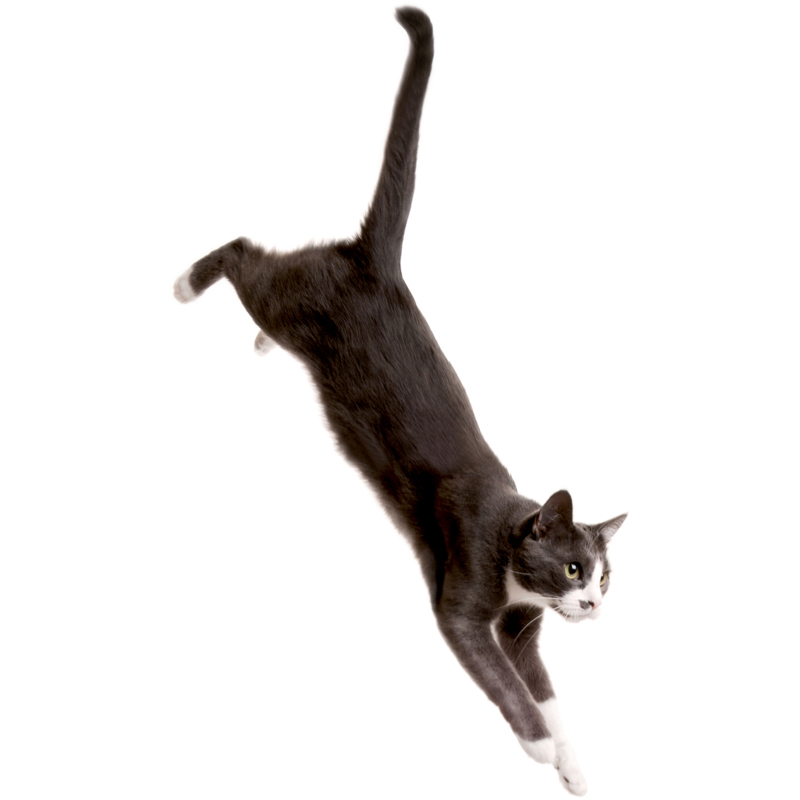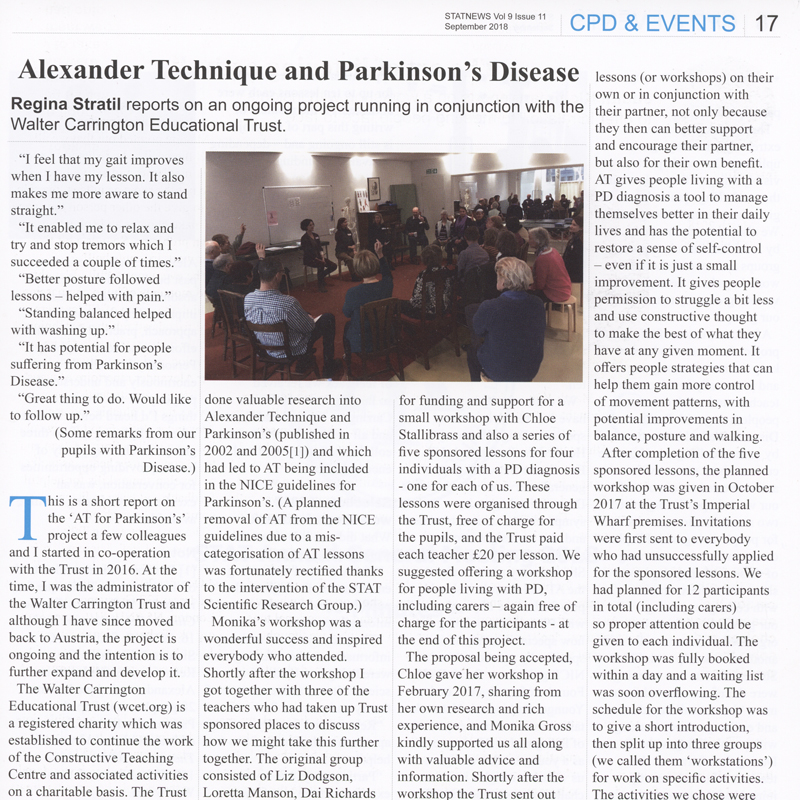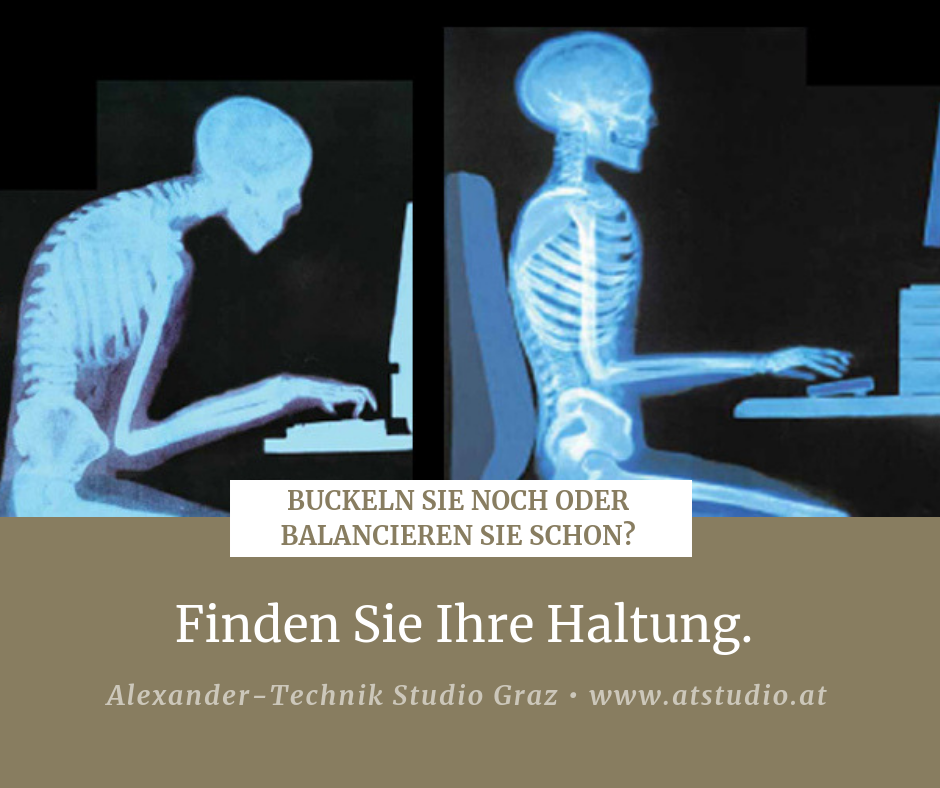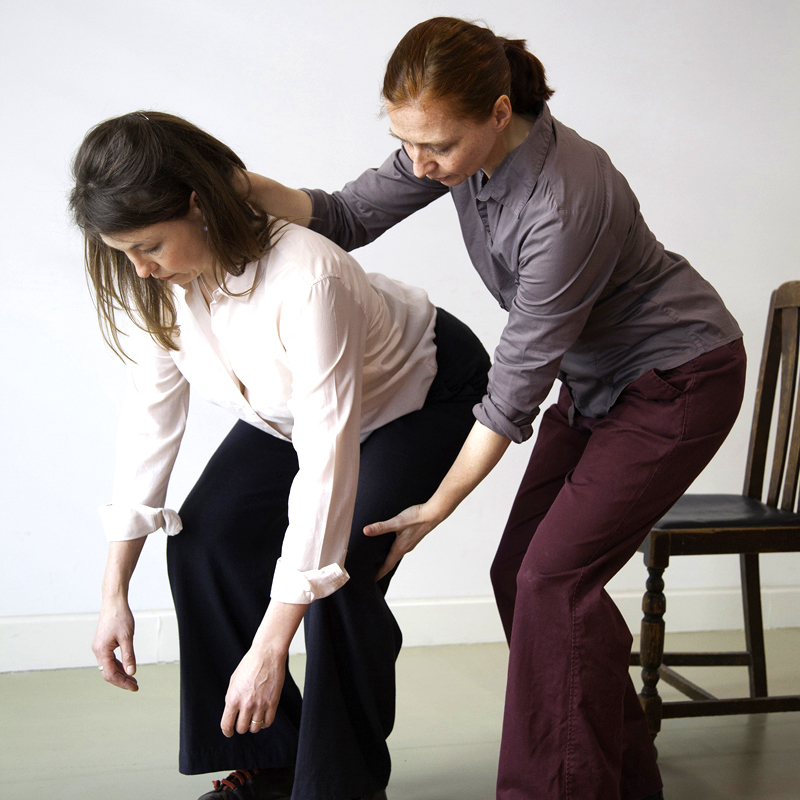Alexander discovered that there exists an optimum coordination of the head, neck and back which makes human movements fluid, easy and graceful.
This organisation of movement exists in all vertebrate animals. Small children have this coordination instinctively. Due to stress and harmful habits we may lose this natural coordination. Typically we strain the neck, causing the head to compress down on the spine, and we shorten the spine. Instead the whole muscular arrangement of the body should ease and expand so that the spine can lengthen and the head can be delicately balanced on top of the spine. This makes for uprightness and freedom of movement.
This is not achieved by exercise or manipulation but by a conscious change of our habitual way of sitting, standing and moving in everyday life.
With the Alexander Technique you can reinstate this primary coordination of movement.
You are warmly welcome to come to one of our ‘Open Hours’ events to get an impression of the Alexander Technique.
Through a series of lessons you can learn to practice the Alexander Technique.






